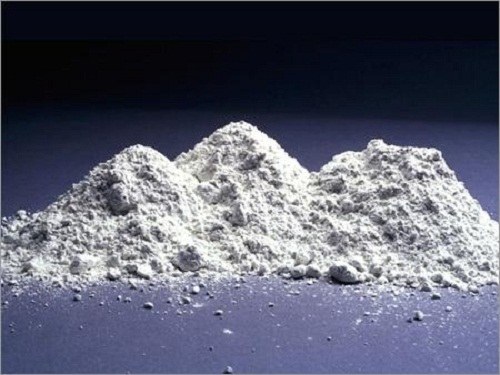You will need
- calculator;
- - ruler or tape measure.
Instruction
1
Choose the brand of solution which is suitable for the type of work you intend to perform. Depending on the nature of the work may require mortar (sand-cement, concrete, spaciality, etc.) of different strength (of the brand). In particular:
for floor screed apply a mortar brands M200 – M300;
- for masonry walls of brick or blocks – M50 – M100;
- for the manufacture of cinder blocks – M35 – M50;
- for the manufacture of clay blocks – the M50 – M100;
- for plastering the walls of the house – the M50 – M100;
- for foundations – concrete solution M 200 – M 300.
for floor screed apply a mortar brands M200 – M300;
- for masonry walls of brick or blocks – M50 – M100;
- for the manufacture of cinder blocks – M35 – M50;
- for the manufacture of clay blocks – the M50 – M100;
- for plastering the walls of the house – the M50 – M100;
- for foundations – concrete solution M 200 – M 300.
2
Determine the brand of cement that will be required to provide the desired brand of solution. For sand-cement-grade of cement should be approximately two to three times to surpass the brand design solution. If you need a brand solution M200, you should purchase cement M400 or M500. For casting cellular concrete blocks (cinder block, concrete, etc.) the grade of cement should exceed the brand of solution 6-8 times. So for the production of cellular concrete grade M50 you will need a cement M300 or M400.
3
Calculate the required volume of the solution. For floor screed, wall plaster, basement and other similar monolithic structures made of concrete required volume is calculated by multiplying the appropriate parameters (thickness, length, width) to each other. The required amount of mortar for masonry shall be taken equal to 0,2 – 0,25 m3 per 1 m3 of masonry, to the erection of walls from blocks of standard size - 0,05 m3 solution per 1 m3 of masonry.
4
Find in the Internet the recipe to prepare the solution you need brand, using a certain brand of cement(step 2). The most widely used is the cement M400. With its use it is possible to prepare solutions of very wide application. In particular, for the preparation of 1 m3:
- claydite-concrete M75 will need 250 kg of cement M400;
- cinder M50 – 200 kg;
concrete for the Foundation M300 – 380 kg;
- sand-cement plaster or masonry mortar M100 – 340 kg.
- claydite-concrete M75 will need 250 kg of cement M400;
- cinder M50 – 200 kg;
concrete for the Foundation M300 – 380 kg;
- sand-cement plaster or masonry mortar M100 – 340 kg.
5
On the basis of the required volume of solution (step 3) and the amount of cement required to make 1 m3 of the solution (step 4), calculate the amount of cement that would be needed. For example, if you add a garage made of bricks, the volume of which is 10 m3, the required amount of cement is calculated as follows:
10*0,25*340=850 kg
where:
- 10 – the volume of brickwork in m3;
- 0.25 – flow rate of the solution per 1 m3 of masonry in m3;
- 340 – the amount of cement required for preparing the 1 m3 of solution kg.
10*0,25*340=850 kg
where:
- 10 – the volume of brickwork in m3;
- 0.25 – flow rate of the solution per 1 m3 of masonry in m3;
- 340 – the amount of cement required for preparing the 1 m3 of solution kg.
Useful advice
Buying cement, you need to keep in mind that the strength of the mortar made from it is reduced in proportion to storage time of the binder. If you are using stale cement, the amount in solution should be increased compared to recommended.
The strength of the solution affects the quality of the sand. Cited all sources data on cement consumption suggest the use of middle-sized sand. If you use fine-grained sand fraction, the consumption of cement should be increased.
The strength of the solution affects the quality of the sand. Cited all sources data on cement consumption suggest the use of middle-sized sand. If you use fine-grained sand fraction, the consumption of cement should be increased.
